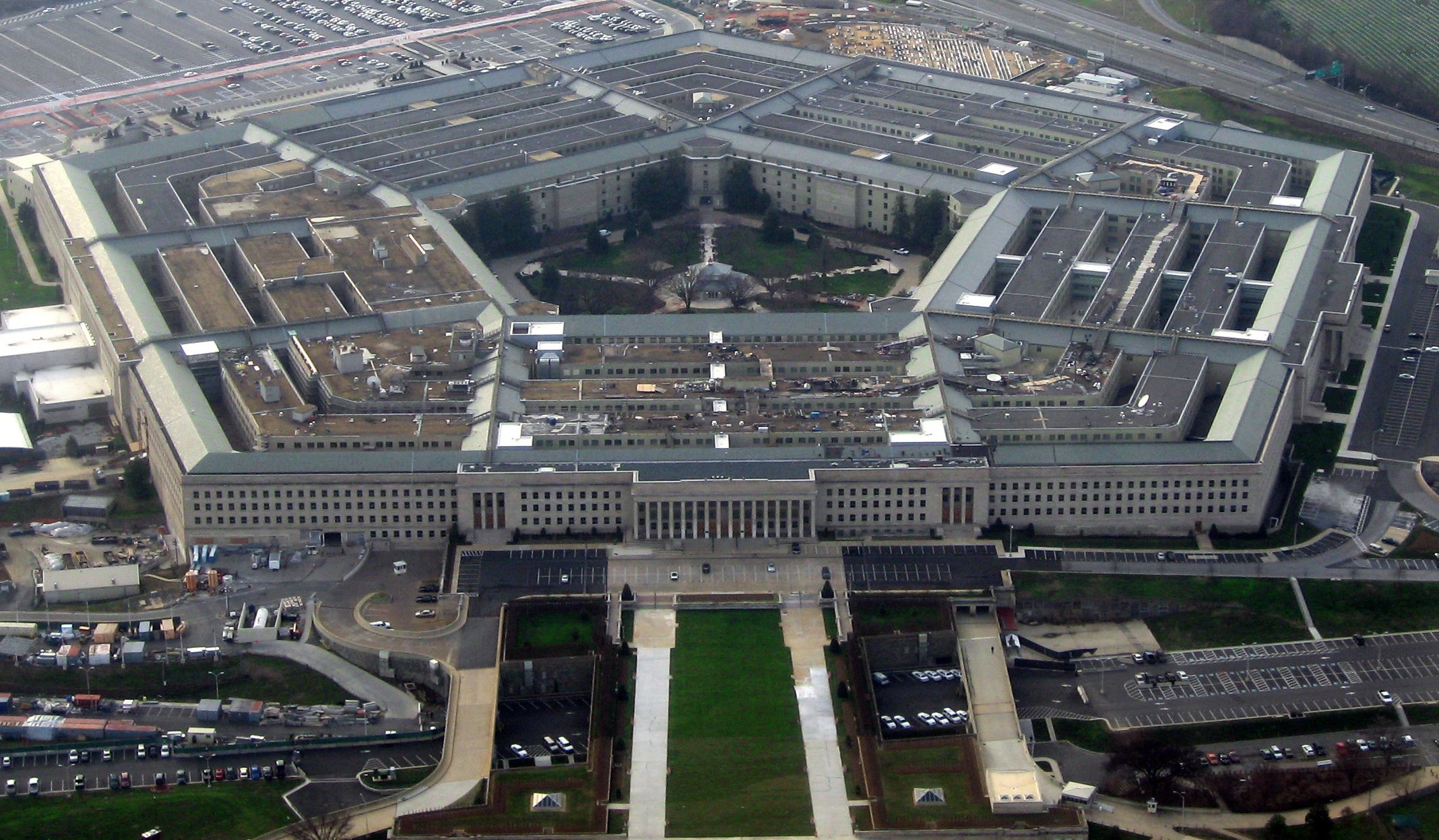
Panel Suggests Pentagon Quadrennial Defense Review Changes to Senate
A panel of former U.S. defense and national security officials told a Senate panel the Pentagon’s key public strategy document…
Copyright 2024 U.S. Naval Institute. All Rights Reserved.